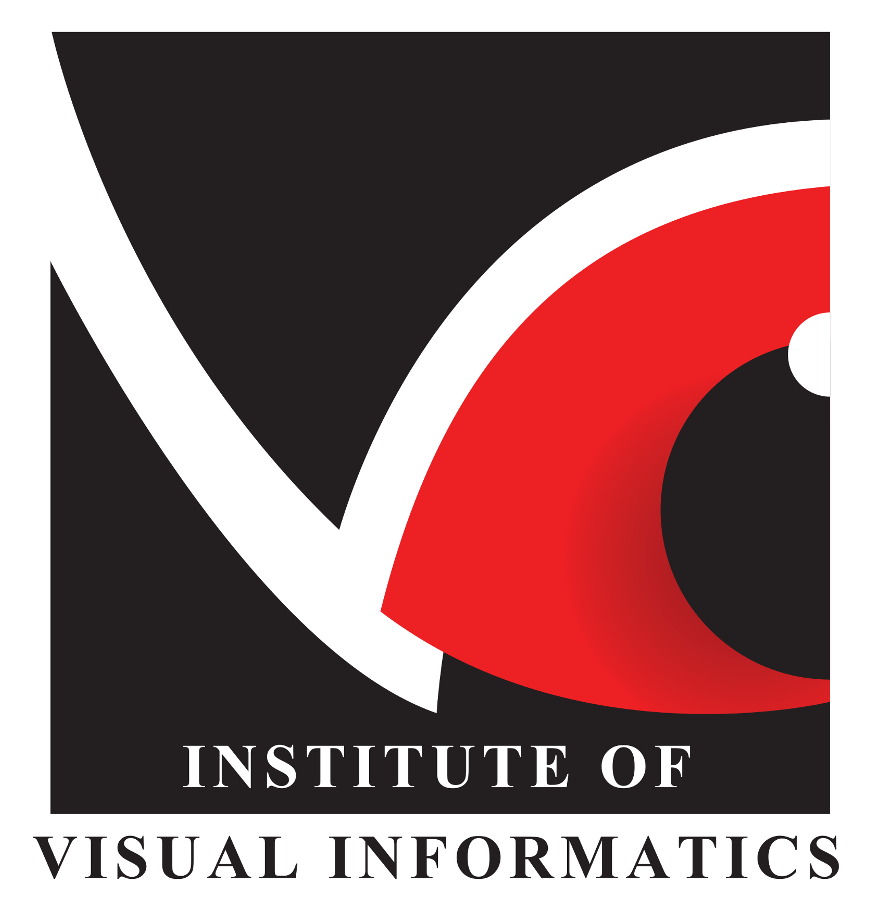The PDF file you selected should load here if your Web browser has a PDF reader plug-in installed (for example, a recent version of Adobe Acrobat Reader).
If you would like more information about how to print, save, and work with PDFs, Highwire Press provides a helpful Frequently Asked Questions about PDFs.
Alternatively, you can download the PDF file directly to your computer, from where it can be opened using a PDF reader. To download the PDF, click the Download link above.
How to cite (IEEE):
S. Abbas, R. Hassan, S. Halim, S. Kasim, & R. Ramlan
"Investigation on Java Mutation Testing Tools," JOIV : International Journal on Informatics Visualization, vol. 6, no. 2-2, , pp. 455-462, Aug. 2022.
https://doi.org/10.30630/joiv.6.2-2.1090
How to cite (APA):
Abbas, S., Hassan, R., Halim, S., Kasim, S., & Ramlan, R.
(2022).
Investigation on Java Mutation Testing Tools.
JOIV : International Journal on Informatics Visualization, 6(2-2), 455-462.
https://doi.org/10.30630/joiv.6.2-2.1090
How to cite (Chicago):
Abbas, Sara Tarek ElSayed, Hassan, Rohayanti, Halim, Shahliza Abd, Kasim, Shahreen, AND Ramlan, Rohaizan.
"Investigation on Java Mutation Testing Tools" JOIV : International Journal on Informatics Visualization [Online], Volume 6 Number 2-2 (7 August 2022)
https://doi.org/10.30630/joiv.6.2-2.1090
How to cite (Vancouver):
Abbas S, Hassan R, Halim S, Kasim S, & Ramlan R .
Investigation on Java Mutation Testing Tools.
JOIV : International Journal on Informatics Visualization [Online]. 2022 Aug;
6(2-2):455-462.
https://doi.org/10.30630/joiv.6.2-2.1090
How to cite (Harvard):
Abbas, S., Hassan, R., Halim, S., Kasim, S., & Ramlan, R.
,2022.
Investigation on Java Mutation Testing Tools.
JOIV : International Journal on Informatics Visualization, [Online] 6(2-2), pp. 455-462.
https://doi.org/10.30630/joiv.6.2-2.1090
How to cite (MLA8):
Abbas, Sara Tarek ElSayed, Rohayanti Hassan, Shahliza Abd Halim, Shahreen Kasim, & Rohaizan Ramlan.
"Investigation on Java Mutation Testing Tools." JOIV : International Journal on Informatics Visualization [Online], 6.2-2 (2022): 455-462. Web. 27 Jul. 2024
, https://doi.org/10.30630/joiv.6.2-2.1090
BibTex Citation Data :
@article{


